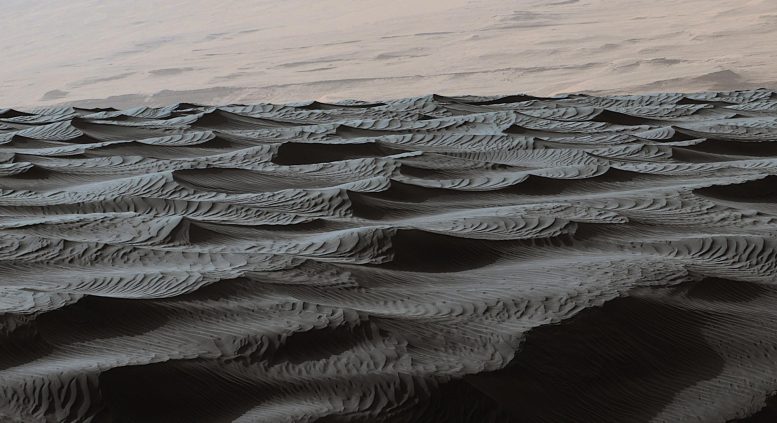
Two sizes of wind-sculpted ripples are evident in this view of the top surface of a Martian sand dune. Sand dunes and the smaller type of ripples also exist on Earth. The larger ripples — roughly 10 feet (3 meters) apart — are a type not seen on Earth. Credit: NASA/JPL-Caltech/MSSS
Common causes have the potential to overturn previous understandings.
Sand ripples are fascinating. They are symmetrical yet wind, which causes them, is very much not. Furthermore, they can be found on Mars and on Earth. They would be even more fascinating if the same effect found on Mars could be found here on Earth as well. What if one unified theory could explain their formation on two different planets of our solar system?
That is what Ben-Gurion University of the Negev physicist Prof. Hezi Yizhaq and Prof. Itzhak Katra and their colleagues from Denmark, Germany, Italy, China, and the US contend in a cover article published in Nature Geoscience.
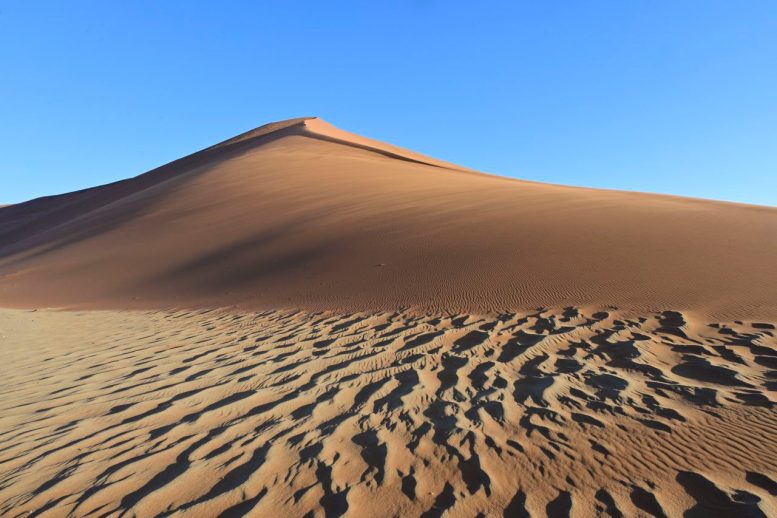
Several sizes of waves in the sand created by the wind in the Namib Desert. You can see down the high dune small, straight waves formed in fine-grained sand and larger mega waves covered with grainy coarse sand. The coarse sand is grayish while the fine sand that builds the dunes is reddish. Credit: Prof. Hezi Yizhaq/BGU
Sand ripples photographed on Mars by NASA’s Curiosity rover in 2015 showed two distinct patterns – large ripples (meter scale) and a shorter “impact” ripples pattern (decimeter scale). The prevailing theory proposed since then argues that the smaller scale ripples are produced by the impact mechanism of the particles transported by the wind like normal ripples on Earth and the larger ripples form due to hydrodynamic instability like subaqueous ripples. Furthermore, it was believed that the physical conditions that produced them on Mars could not produce them on Earth.
Experimental Evidence
However, Prof. Yizhaq and Prof. Katra have proven experimentally using Ben-Gurion University’s wind tunnel and Aarhus University’s Mars tunnel that such a phenomenon could exist on Earth – we just haven’t noticed it yet because we didn’t know we should be looking for it.
Imitating Martian sand was not easy because it’s finer than sand here on Earth, explains Prof. Yizhaq, but the breakthrough occurred when they decided to try tiny glass balls to represent fine grains of sand.
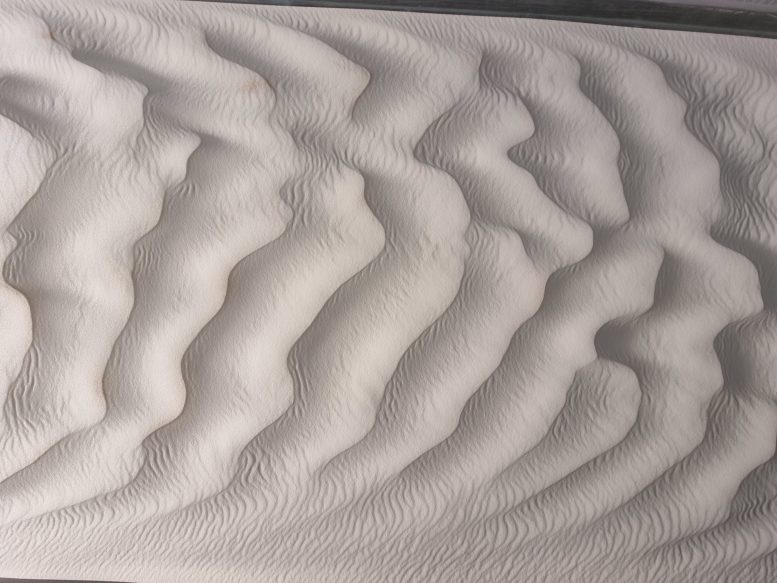
Waves received in the wind tunnel of Ben Gurion University of the Negev with glass balls with a diameter of 90 microns. Two scales of waves can be seen in the image. Small waves with a wavelength of centimeters and large waves with a wavelength of about 10 centimeters resemble waves due to the flow of water. The existence of two scales of waves on Mars was discovered by the Mars Curiosity Rover. Credit: Prof. Hezi Yizhaq/BGU
Furthermore, the international research team has proposed a unified theoretical framework that would explain sand ripples on Mars and on Earth. At its most basic level, sand ripples on Mars caused by wind look like sand ripples on Earth caused by water.
“There is much more research, both fieldwork and experimentally, needed to prove our theory, but it is amazing to propose something so radically new in a field I have been studying for over 20 years. It is exciting to go out and try to find on Earth what can clearly be seen on Mars,” says Prof. Yizhaq.
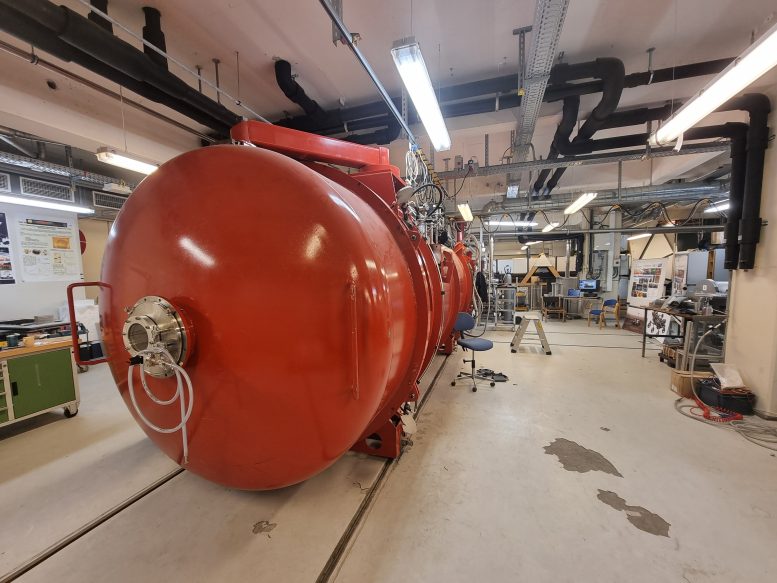
The wind tunnel at Aarhus University in Denmark allows the pressure to be reduced to that on Mars, which is 200 times smaller than atmospheric pressure on Earth. The tunnel is inside the large red tank. Credit: Prof. Hezi Yizhaq/BGU
Reference: “Coevolving aerodynamic and impact ripples on Earth” by Hezi Yizhaq, Katharina Tholen, Lior Saban, Nitzan Swet, Conner Lester, Simone Silvestro, Keld R. Rasmussen, Jonathan P. Merrison, Jens J. Iversen, Gabriele Franzese, Klaus Kroy, Thomas Pähtz, Orencio Durán and Itzhak Katra, 8 January 2024, Nature Geoscience.
DOI: 10.1038/s41561-023-01348-3
Prof. Yizhaq is a member of the Department of Solar Energy and Environmental Physics. Prof. Itzhak Katra is a member of the Department of Environmental, Geoinformatics and Urban Planning Sciences.
The research was supported by the Israel Science Foundation (Grant no. 1270/20), the German-Israel Foundation for Scientific Research and Development (GIF) (Grant no. 155-301.10/2018), the National Natural Science Foundation of China, Texas A&M Engineering Experiment Station, Europlanet grant no. 871149, and the Horizon 2020 Research and Innovation Program.

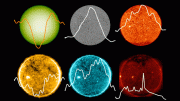





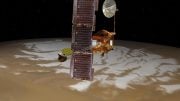

Be the first to comment on "New Theory May Have Solved the Fascinating Mystery of Sand Ripples on Mars"